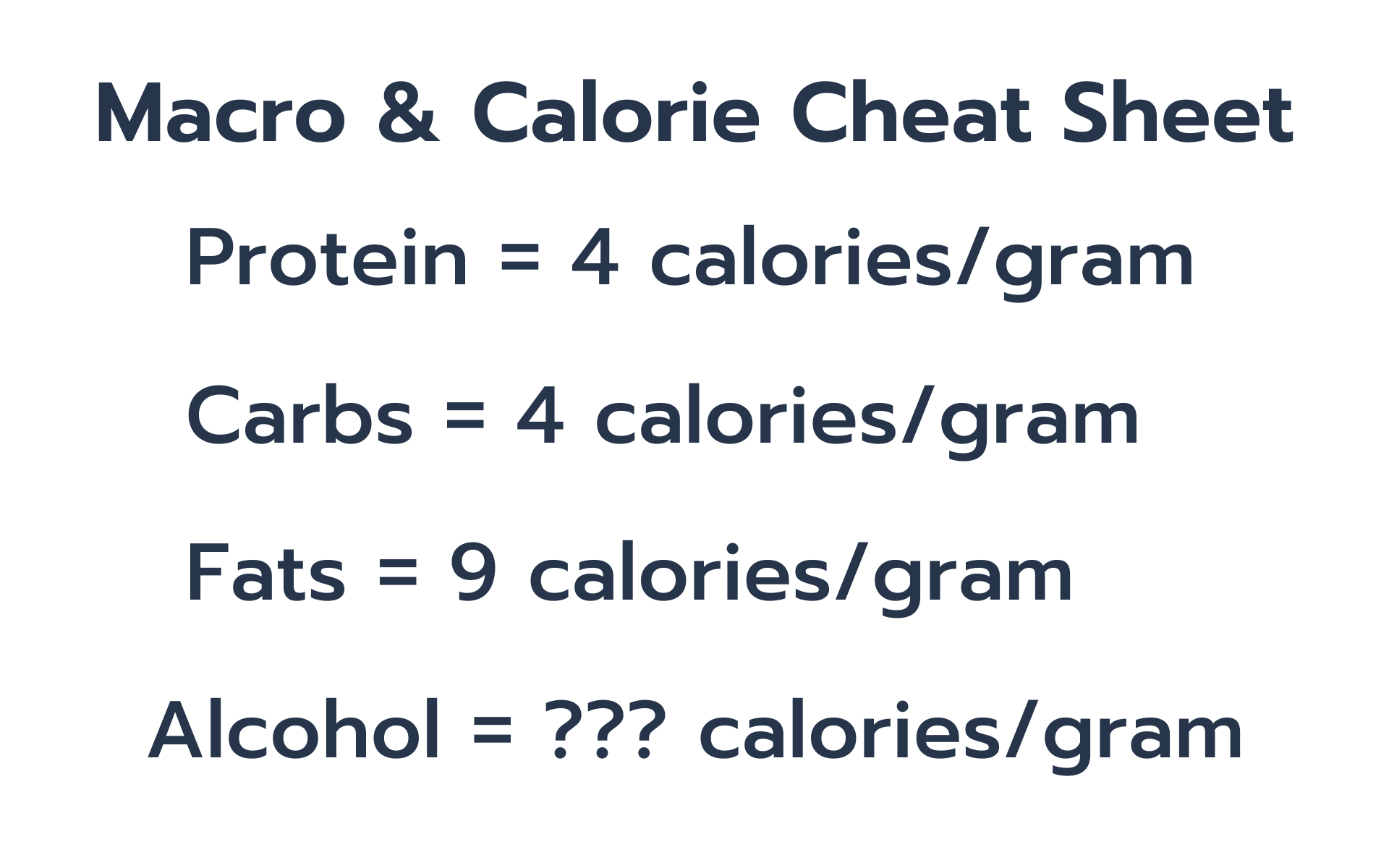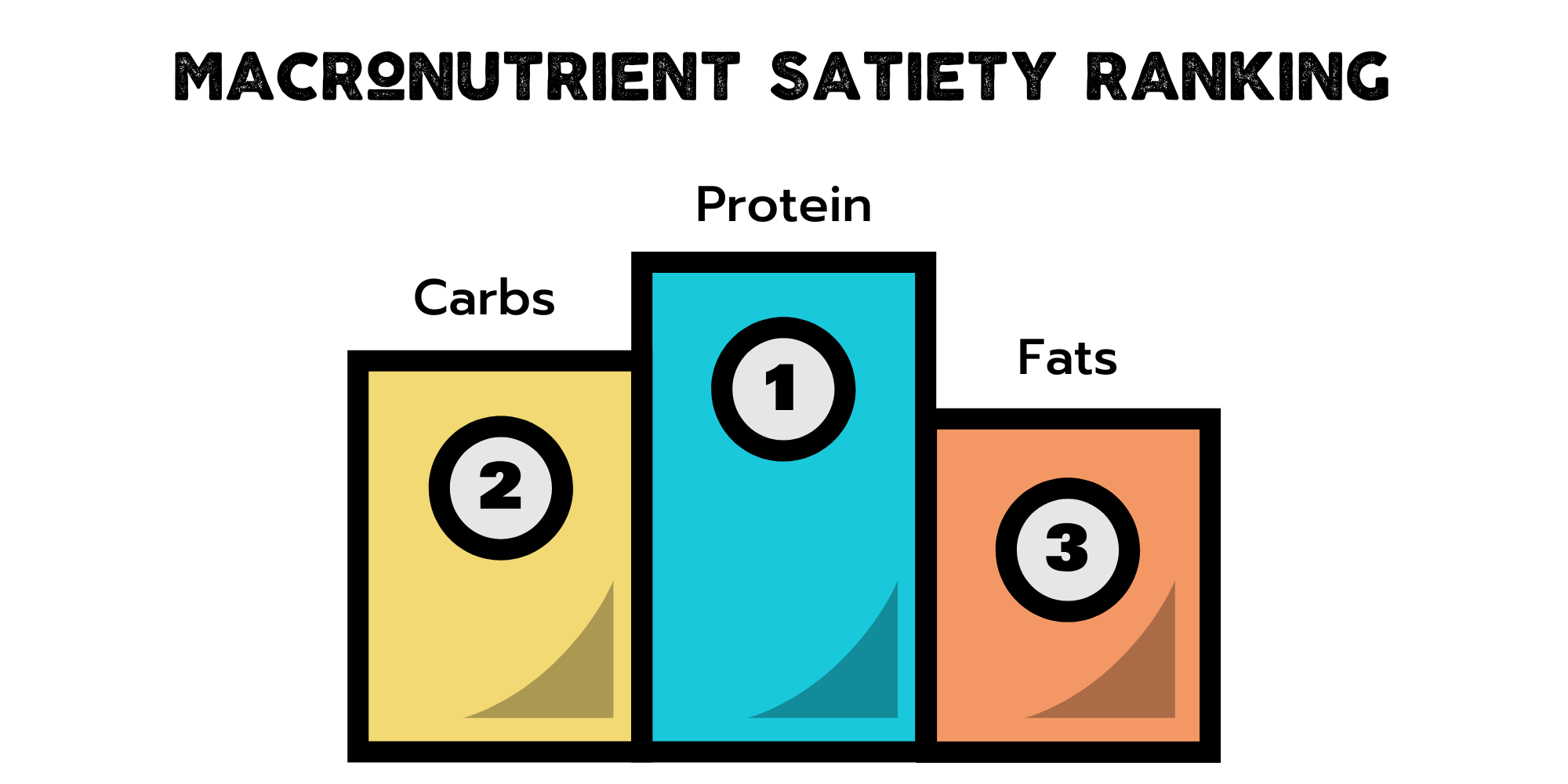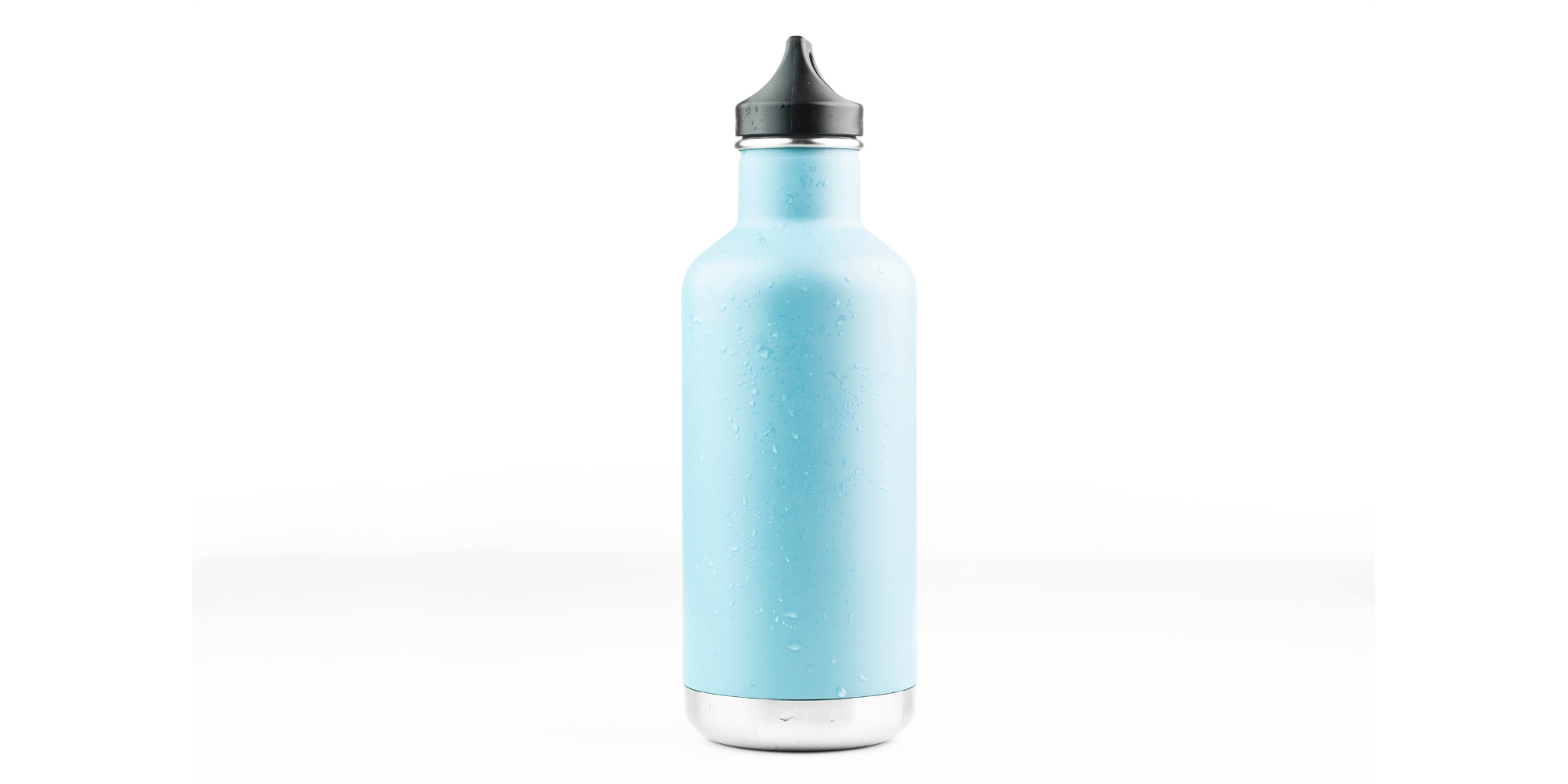The Ultimate Guide to Macros, Calories, & Energy Balance
Carbs get a lot of criticism on the internet, usually from gurus advocating keto or low-carb diets. Here's a secret though, carbs are a scapegoat. Energy imbalance is the real culprit for people who struggle to lose weight and hit their fitness goals.
Many people want to lose body fat but it's not easy! When we hear the words "calorie restriction" our caveman brains sound the starvation alarm.
That's why marketing messages that promise that you can eat as many calories as you want as long as you avoid carbs can be really appealing! What's not to love about unlimited butter and bacon?
The fact is, many of those diets do help people lose weight, but not because carbs are evil. It's actually because these diets force people to cut out empty calories they sometimes don't even realize they're eating. As a result, they end up consuming fewer calories than they burn, lose unwanted weight, and their success confirms their bias against carbs.
We aren't bad-mouthing the low-carbers or keto diehards out there. Many people feel great when following that eating style but the successful ones have made it a habit and a lifestyle. The people who are in it for fast weight loss are doomed from the start. They struggle to maintain their diet in social settings, slip up a few times, and in the end, they abandon it and go back to old habits, regaining weight. This is the yo-yo diet lifestyle.
If we just described you, it's not your fault. Not many people understand energy balance and so they aren't able to cut through the B.S. out there.
We have good news though. You really can eat anything you want and still crush your fitness goals, you just can't eat everything you want.
Today we're covering macros, calories, and energy balance and as a FREE bonus, we've created a macro & calorie cheat sheet that you can save and use as a screensaver on your phone to keep your health top of mind!

Grab the cheat sheet screen saver for your phone! Just click on your favorite design below!
If you prefer a printable version, click here!
Food is made up of macronutrients, micronutrients, and calories.
Micronutrients are things like vitamins & minerals which are very important but they're beyond the scope of what we'll cover here.
Macronutrients include carbs, fats, and protein and they each contain a different amount of calories per gram as you can see in the cheat sheet above. Alcohol is also technically a macronutrient and contains 7 calories per gram.
Energy balance revolves around the acronym CICO (Calories In, Calories Out). Put simply, weight is determined by whether the body is in a caloric deficit, caloric equilibrium, or caloric surplus but WAIT!
Before you say "duh" and click the exit button, there's more you need to know. We've compiled some key strategies & tactics you can deploy to NEVER feel hungry while in a calorie deficit. These tips will help you lose body fat if that's your goal but even if you're happy with your weight already, implementing these practices will help you live a healthier, more abundant life
Success Starts with Satiety
Satiety refers to how full a food makes you feel. There are 3 satiety tactics you can use to make sure you NEVER feel hungry while in a calorie deficit.
#1 Prioritize Protein

Protein is the most satiating macronutrient and also is tied with carbs for the fewest calories/gram. It's pretty much impossible to consume too much protein which is why we recommend that anyone looking to lose body fat increase their protein intake to 1 gram of protein per pound of target body weight.
For example, if you're goal is to weigh 200 lbs, aim to consume 200 grams of protein each day.
This does not just apply to people looking to lose weight. Anyone looking to feel their best and have optimum health will benefit from following this protocol.
Protein not only takes the top spot in making you feel full, but it's also the most thermogenic, a fancy word that means you burn more calories digesting protein than when you digest other macronutrients.
On top of that, protein helps build lean muscle, and the more muscle you have, the more calories your body burns on average.
In summary, protein is a triple threat to fat loss and is crucial to all-around optimal living.
Although there's some debate, studies show that carbs are the second most satiating, and fats come in last.
Calories from fat can add up quickly in your diet due to the high calories per gram. A spoonful of peanut butter, using cooking oils, and adding butter to bread and vegetables can easily add up to 500+ calories per day.
To further complicate things, carbs are not all created equal. Simple sugars like sucrose (table sugar) and high fructose corn syrup digest quickly and are not satiating whereas carb sources high in fiber like fruits and vegetables are more filling. For that reason, prioritizing healthy carb sources can help you feel more full and eat fewer calories.
After making sure you're hitting your protein target, whether you consume more carbs or more fats depends on how each makes you feel. Some people feel best on lower-carb regimens while others like to pound the carbs and eat less fat. Just be aware that there are certain types of fat that are very important for health so you don't want to eliminate fat completely.
#2 Choose Low Caloric Density Foods

Caloric density refers to the number of calories in a food compared to its weight. Multiple studies have shown that satiety is heavily influenced by how heavy the food is, not necessarily by the number of calories in it.
For example, 1 serving of ProLoco, our protein-powered hydration drink mix combined with 20 oz of water has a total weight of about 20.5 oz and contains just 32 calories (all from protein). This is a very low caloric density and so drinking it will help you feel full, crush cravings, and help you eat fewer calories.
Compare that to 2 tablespoons of peanut butter which contains nearly 200 calories and weighs just over 1 oz.
If your goal is to trim away unwanted body fat, you must prioritize low caloric density foods.
#3 Win With Water

Not only is drinking plenty of water good for hydration, but it will also help you feel more full and eat fewer calories. Other ultra low-calorie drinks such as tea, yerba mate, and coffee can be great options too as long as no sugar or calories is added.
Remember, it's all about energy balance
At the end of the day, energy balance trumps everything. You must consume fewer calories than you burn if you want to lose body fat. Figure out how many calories per day you need to consume to reach your goal and then fit your macros, (the protein, carbs, and fats) within that calorie limit in a way that's sustainable and helps you feel your best.
Just Google "calorie calculator" and you'll see a million free ones you can use to get an estimate of how many calories you should be eating to reach your goals.
Once you have your daily calorie target, you've got to measure your caloric intake, at least until you've developed new eating habits.
We realize this sounds like a lot of work, but studies have reported that overweight people underestimate their calorie intake by 40 percent, while normal-weight people underestimate their calorie intake by an average of 20 percent. This is why measuring your food is crucial, especially in the beginning. If you don't, you'll likely be underestimating your caloric intake and won't see the results you're after.
The other thing you've got to do is step on the scale, preferably first thing in the morning each day, and record your weight. This will keep you accountable and help you know if what you're doing is working. You're going to see day-to-day fluctuations but don't panic. The most important trend will be your week-over-week averages. Don't expect a miracle. Losing 1-2 lbs a week is a healthy rate of weight loss.
Finally, remember that caloric intake exists on a continuum. If you know that you need to eat 2000 calories or less per day to lose body fat, you can eat 4000 calories one day and eat nothing the next and it won't ultimately matter because your average is still 2000 calories.
We recommend people use the timeframe of a week to plan their caloric intake. This can help you look ahead to events you have planned and adjust your caloric intake to make sure you stay on track. For example, if you know that you're going out with friends on Friday for beer and pizza, you can adjust your weekday calorie budget lower so that you can pound the pizza and stay on track for your weight loss goal.
Play the Long Game
We've given you the foundational knowledge you need to understand calories, macronutrients, and energy balance so that hopefully, you can cut through the B.S. promises out there and make decisions that will really improve your health.
At the end of the day, the most important factor of health is permanent behavior change and habit development. After all, most of us know what we should be doing, it's just hard to do it consistently.
Remember, it will serve you better to choose a strategy that takes longer, but that you can stick with rather than doing something extreme!
Remember to play the long game!
You're just one habit away from Living Swell!





